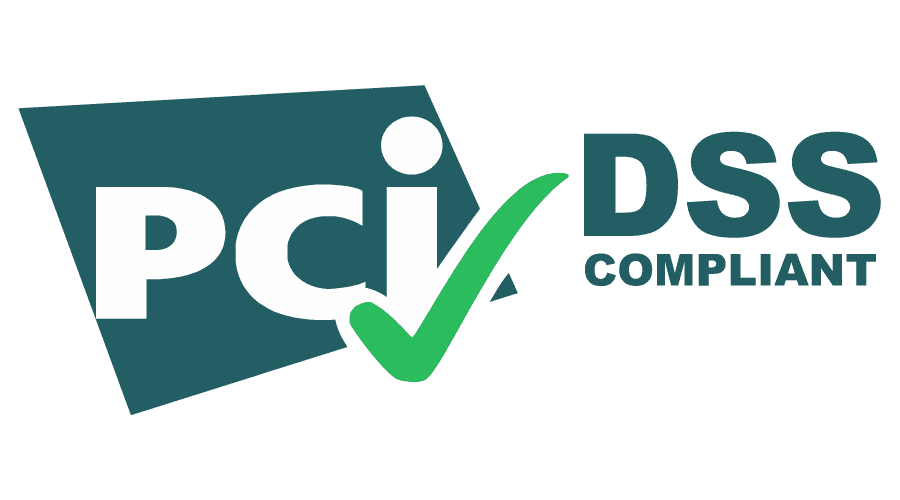Compliance Frameworks.
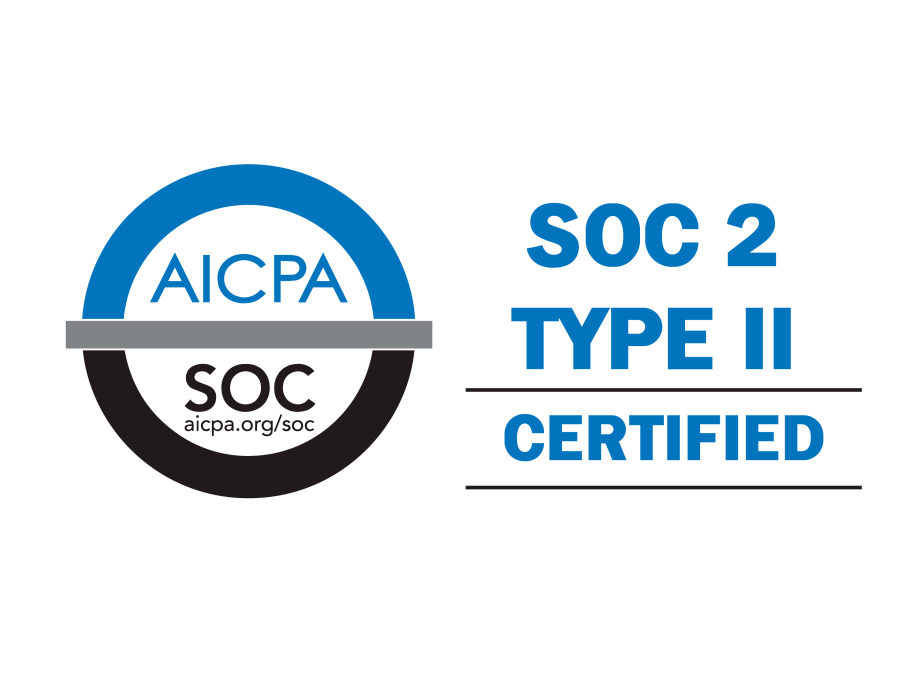
SOC 2 Type 2 is a security and compliance audit for service providers that handle sensitive customer data. The SOC 2 audit is conducted by an independent third-party auditor and assesses the effectiveness of a company’s internal controls related to security, availability, processing integrity, confidentiality, and privacy.
Type 2 specifically, is an extension of the Type 1 report, it includes the description of the system and the suitability of the design of controls as of a specific date. Additionally, it includes a period of testing, usually 6 months, to prove the operating effectiveness of controls. This means that a SOC 2 Type 2 report not only describes a company’s controls, but also provides assurance that those controls were operating effectively over a period of time.
The SOC 2 Type 2 report is intended for service providers that handle sensitive customer data, such as financial institutions, healthcare providers, and technology companies. The report is intended to provide assurance to customers, partners, and other stakeholders that a company’s controls are designed and operating effectively to protect sensitive data.
In summary, SOC 2 Type 2 is an independent, in-depth assessment of a company’s controls related to security, availability, processing integrity, confidentiality, and privacy. It provides assurance that a company’s controls are designed and operating effectively to protect sensitive customer data. It is a valuable tool for any organization that handles sensitive data and wants to demonstrate its commitment to security and compliance.
HIPAA (Health Insurance Portability and Accountability Act) is a set of federal regulations designed to protect the privacy and security of individuals’ protected health information (PHI). The regulations apply to all organizations and individuals that handle PHI, including healthcare providers, health plans, healthcare clearinghouses, and their business associates.
HIPAA compliance requires organizations to implement administrative, physical, and technical safeguards to protect the confidentiality, integrity, and availability of PHI. Some of the key requirements include:
- Implementing policies and procedures to protect PHI, including security and privacy policies.
- Providing training to employees on the requirements of HIPAA and the organization’s policies and procedures.
- Implementing technical safeguards to protect PHI, such as encryption, firewalls, and intrusion detection systems.
- Conducting regular risk analyses to identify and address potential vulnerabilities in the organization’s systems and processes.
- Implementing incident response plans to address security breaches and notify affected individuals and the Department of Health and Human Services (HHS) as required.
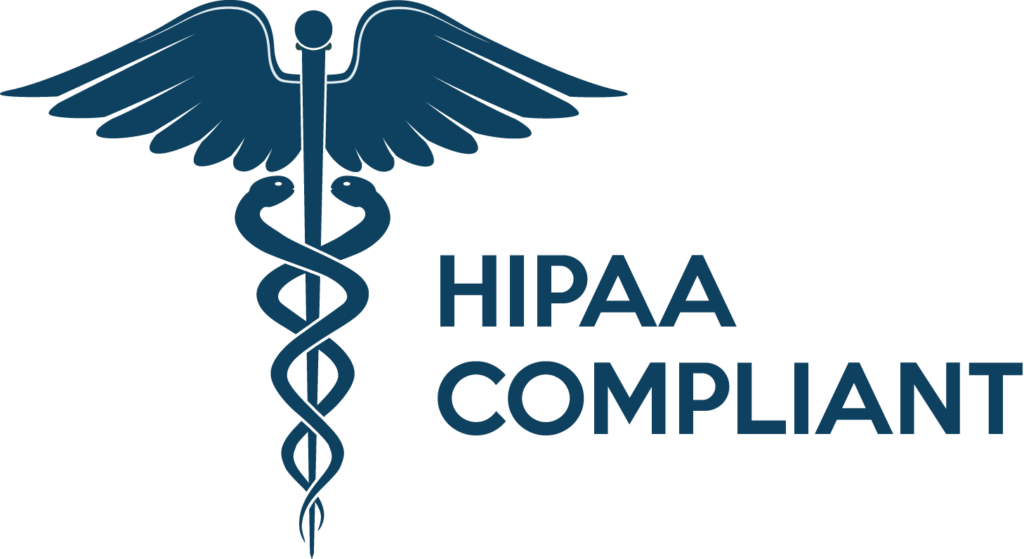
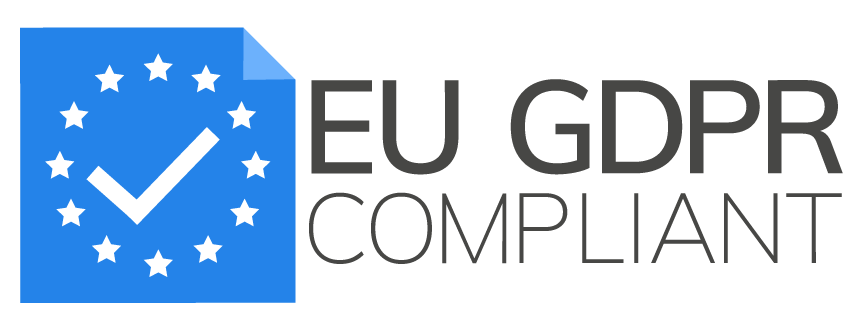
The GDPR sets out specific requirements for organizations to protect the personal data of EU citizens. Some of the key requirements include:
- Obtaining explicit consent from individuals before collecting, using or sharing their personal data
- Implementing appropriate technical and organizational measures to protect personal data
- Notifying individuals and the appropriate supervisory authority of any data breaches within 72 hours of becoming aware of the breach
- Appointing a data protection officer (DPO) for organizations that process large amounts of personal data
- Providing individuals with the right to access, correct, and delete their personal data
- Facilitating individuals’ right to data portability
- Performing Data Protection Impact Assessment (DPIA) for high-risk data processing activities.
G7 is a calibration and certification process for inkjet and toner-based printing systems. It is a set of standards and best practices developed by the International Color Consortium (ICC) and the Graphic Arts Technical Foundation (GATF) that is used to ensure color consistency and accuracy across different printing devices and platforms.
The G7 method is based on the gray balance theory and uses a set of gray patches to establish a neutral gray balance across the print. This neutral gray balance is then used as a reference point to create accurate and consistent color reproductions.

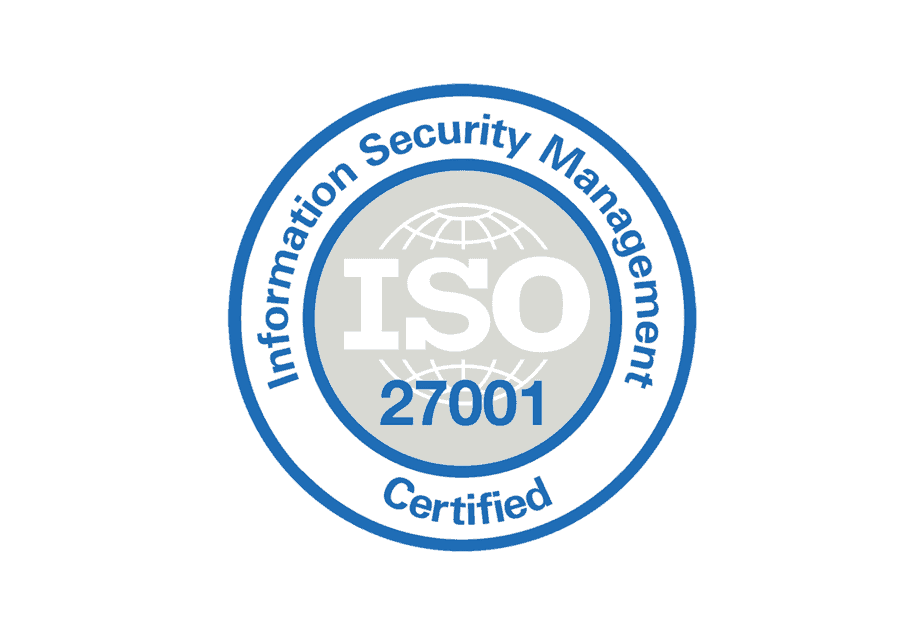
ISO 27001 is an international standard that outlines best practices for an information security management system (ISMS). It is a framework that organizations can use to manage and protect sensitive information, such as personal data, financial information, and intellectual property. The standard provides a systematic approach to managing sensitive information and includes requirements for risk assessment, security controls, incident management and continuity planning.
Being ISO 27001 certified means that an organization has demonstrated its commitment to information security and has implemented a systematic approach to managing and protecting sensitive information. It also means that the organization’s ISMS has been independently assessed and found to be in compliance with the standard’s requirements.
PCI DSS (Payment Card Industry Data Security Standards) is a set of security standards established by major credit card companies such as Visa, MasterCard, American Express and Discover. These standards are designed to ensure that all companies that accept, process, store or transmit credit card information maintain a secure environment. The goal of the PCI DSS is to protect cardholder data and reduce fraud by creating a set of security standards for all merchants and service providers that handle credit card information.
Being PCI DSS compliant is a requirement for any organization that accepts credit card payments, whether online or in person. Failure to comply with the standard can result in fines, penalties, and loss of the ability to accept credit card payments.
